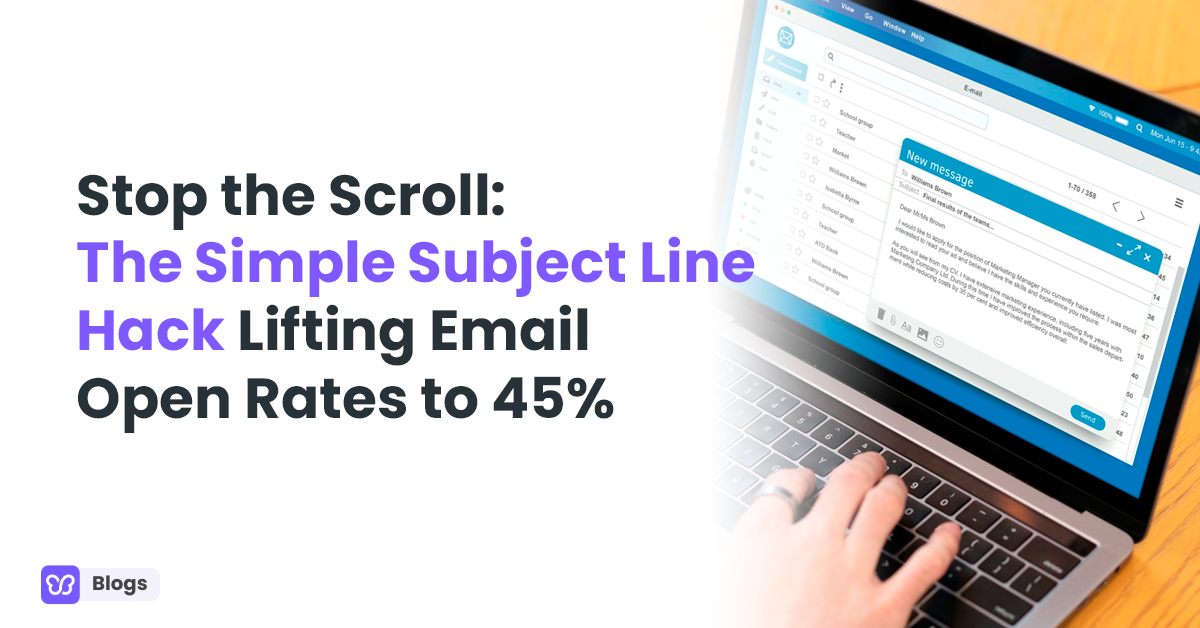Want to start a dropshipping business? It seems easy to get in because of low startup costs and no inventory to hold. But the road to success isn’t always smooth. Many dropshippers fail and the reasons for their struggles are many.
Some fail because of flaws in their business model, others because of issues in their online store. To succeed in this competitive industry, you need to have a well-designed website that’s conversion-optimized. Let’s get into why most dropshippers fail and how you can avoid the common pitfalls
To get the most out of any visitor, use a theme like Debutify. It can be of help in designing and positioning page elements the right way. Download Debutify, the highest converting free Shopify theme.
Here’s a look at some of the leading causes of dropshipping failures in 2023 and how to avoid them:






